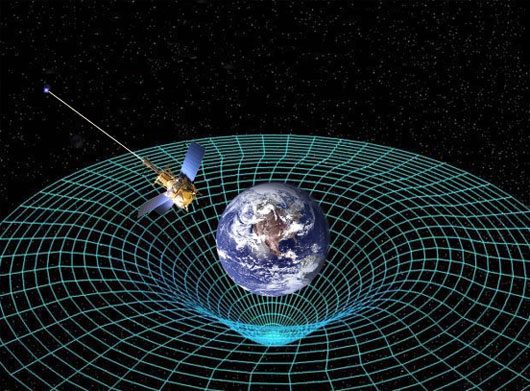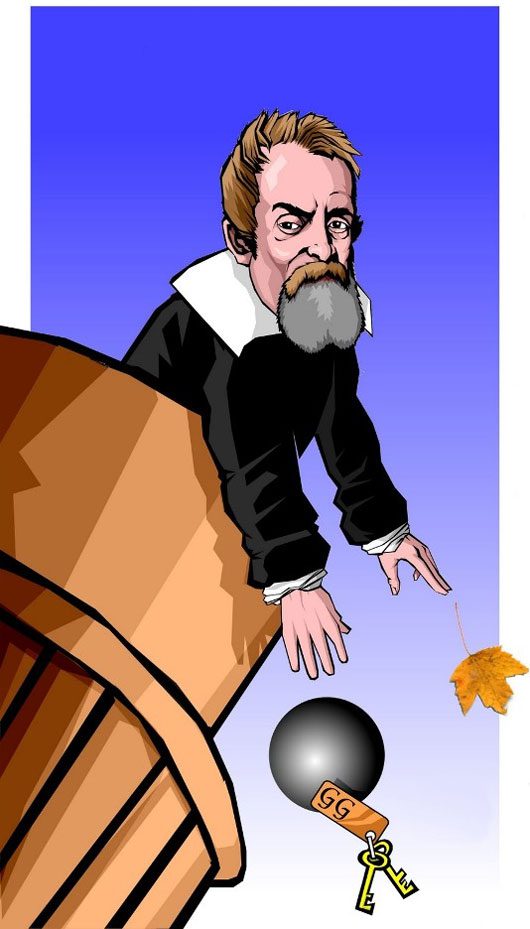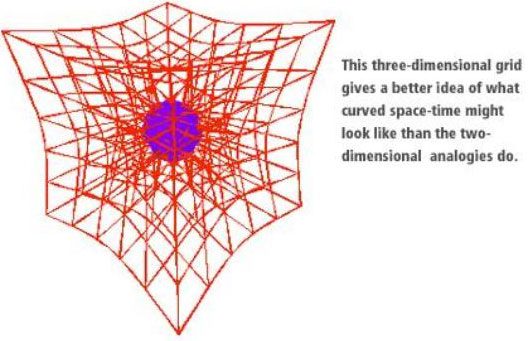We know that gravity is the force of attraction that keeps everything anchored to the ground. However, that is just one theory. What about other explanations?
What is Gravity?
Gravity is the attractive force of the Earth acting on an object, oriented vertically and directed towards the Earth. Gravity is defined by the product of the mass of the object and the acceleration due to gravity at the location of the object. P represents gravity in Newtons (N), m represents mass in kilograms (kg), and g represents the acceleration due to gravity in m/s².
What is the Force of Attraction?
Gravity is commonly understood as the force of attraction. However, according to Einstein’s theory, gravity is not a force; it is merely something that pulls objects together. Therefore, in this article, the term gravity will be retained without specific translation.
Every time you jump, gravity pulls you back down to the ground. Without gravity, when you jump, you would float aimlessly in the air along with everything else on Earth.

The Truth About Gravity
You can observe gravity everywhere: when you drop a book, when you walk up stairs, or when you throw a ball away. It is present at all times in our lives. Many theories have been proposed to explain why a book falls to the ground, but all remain just theories. The mystery of gravity remains intact.
So what do we know about gravity? We know that gravity causes all objects in the universe to move closer together. We know that gravity contributes to the formation of the universe; it keeps the Moon in orbit around the Earth and is employed in some tools such as gravity motors or gravity lamps.

Scientifically, as we know, Isaac Newton defined gravity as a force – it attracts all objects toward each other. We also know that, according to Albert Einstein, gravity is the result of the curvature of space and time. These two theories are the most well-known and are often used to explain gravity.
Let’s dissect Newton’s and Einstein’s theories and take a closer look at gravity.
Although many people vaguely recognized the presence of gravity in the past, Newton was the first to provide the most specific explanation. Let’s start with that.
Newton’s Gravity
English physicist and mathematician Isaac Newton sat under an apple tree reading a book – so the story goes. Suddenly, an apple fell on his head. He wondered why the apple fell to the ground.

Newton published the Theory of Universal Gravitation in the 1680s. Essentially, it consists of four points that indicate gravity is a calculable force that acts on all objects in the universe, and it is calculated using a formula related to distance and mass. According to this theory, every particle in the universe exerts a gravitational pull on other particles (to visualize this, think of one particle as the Earth and another as you) with a force proportional to the masses of the particles and inversely proportional to the square of the distance between them.
Thus, the farther apart two particles are, or the smaller their masses, the weaker the gravitational pull between them becomes.

The standard formula for the gravitational force between two objects is as follows:
Gravitational force = (G * m1 * m2) / (d^2)
Where G is the gravitational constant, m1 and m2 are the masses of the two objects, and d is the distance between them. G is a physical constant; according to the Committee on Data for Science and Technology (CODATA), in the International System of Units (SI), G has a value of 6.67 x 10^-11 N·m²/kg².
Applying the law to Earth, with a mass of approximately 6 x 10^24kg, Earth has a very strong gravitational force. That is why you remain firmly on the ground instead of floating aimlessly in space.

Gravity also affects objects through their weight. When you step on a scale, the measurement indicates how gravity has acted on your body. The formula for calculating weight is as follows:
Weight = Mass x g
Where g is the acceleration due to gravity. Acceleration is a constant that depends on Earth’s gravity, approximately 9.8 m/s², and it does not depend on the mass of the object. This is why you see a book, a pen, or a feather falling from the same height reaching the ground at the same time.

For hundreds of years, Newton’s theory held a firm place in the scientific community. However, this changed in the 20th century.
Einstein’s Gravity
Albert Einstein, who won the Nobel Prize in Physics in 1921, proposed a different theory of gravity. This is part of the Theory of Relativity, presenting a completely different explanation from Newton’s law of universal gravitation. Einstein did not consider gravity to be a force; he viewed it as a distortion of space and time, in other words, the fourth dimension of space.

In classical physics, an object will always remain at rest or move in a straight line unless acted upon by an external force. If that is the case, when no external force is acting, two objects moving parallel at the same speed will maintain their motion throughout their journey and will never meet.
However, in reality, they will touch each other. Particles that start and move on parallel straight paths will eventually meet. Newton’s theory states that this occurs due to gravity, a pulling force between objects. Einstein also states that it happens due to gravity; however, gravity is not a force. It is a curvature of space-time.

According to Einstein, these objects still travel in straight lines; however, due to the distortion of space-time, the actual straight paths follow a curved shape. Therefore, objects moving on a flat surface are actually moving “straight” along a curved surface, and they will meet at some point.
Additionally, recent theories about gravity interpret it in terms of waves and particles. On one hand, there are particles called gravitons that cause objects to be attracted to one another; gravitons can never be observed. Alongside this are gravitational waves, sometimes referred to as gravitational radiation, believed to be generated when an object accelerates due to the influence of external forces…
Whether or not gravitons exist, we can be sure that an object that rises must eventually fall. Hopefully, one day there will be a coherent theory to explain it all. For now, we simply need to know that the Earth will not be swallowed by the Sun because gravity keeps the Earth stable in its orbit.





















































